I am having difficulties to interpret results of arctangent functions. This behaviour is consistent for all implementations I came across, so I will here limit myself to NumPy and MATLAB.
The idea is to have circle of randomly placed points. The goal is to represent their positions in polar coordinate system and since they are uniformly distributed, I expect the θ angle (which is calculated using atan2 function) to be also distributed randomly over interval -π ... π.
Here is the code for MATLAB:
stp = 2*pi/2^8;
siz = 100;
num = 100000000;
x = randi([-siz, siz], [1, num]);
y = randi([-siz, siz], [1, num]);
m = (x.^2+y.^2) < siz^2;
[t, ~] = cart2pol(x(m), y(m));
figure()
histogram(t, -pi:stp:pi);
And here for Python & NumPy:
import numpy as np
import matplotlib.pyplot as pl
siz = 100
num = 100000000
rng = np.random.default_rng()
x = rng.integers(low=-siz, high=siz, size=num, endpoint=True)
y = rng.integers(low=-siz, high=siz, size=num, endpoint=True)
m = (x**2+y**2) < siz**2
t = np.arctan2(y[m], x[m]);
pl.hist(t, range=[-np.pi, np.pi], bins=2**8)
pl.show()
In both cases I got results looking like this, where one can easily see "steps" for each multiple of π/4.
It looks like some sort of precision error, but strangely for angles where I would not expect that. Also this behaviour is present for ordinary atan function as well.



